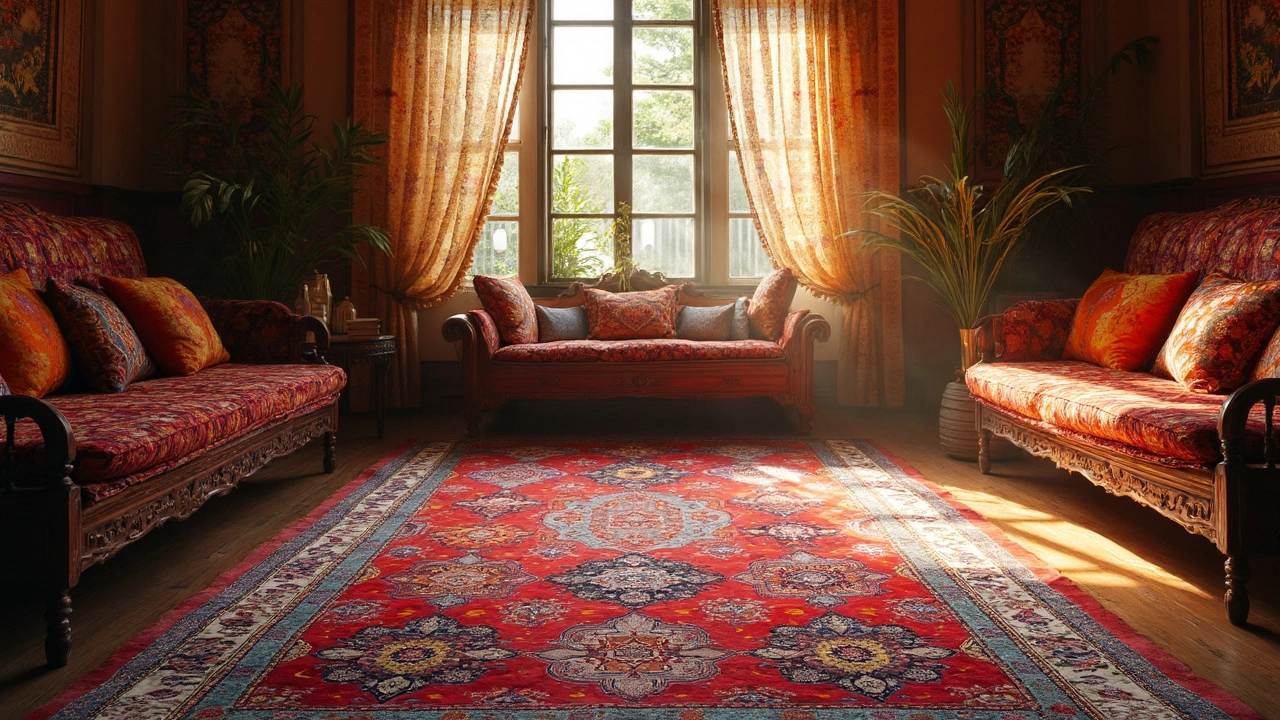
How Long Should a Good Rug Last?
Rugs can transform a room, but how long can you expect them to last? A quality rug's lifespan can vary widely, depending on factors like material, usage, and maintenance. From the benefits of regular cleaning to understanding different rug types, exploring these aspects can help maximize your rug's life. It's not just about aesthetics; it's also about understanding the practicality of your floor coverings. Let's find out how to make your rug stay beautiful and functional for as long as possible.
View More